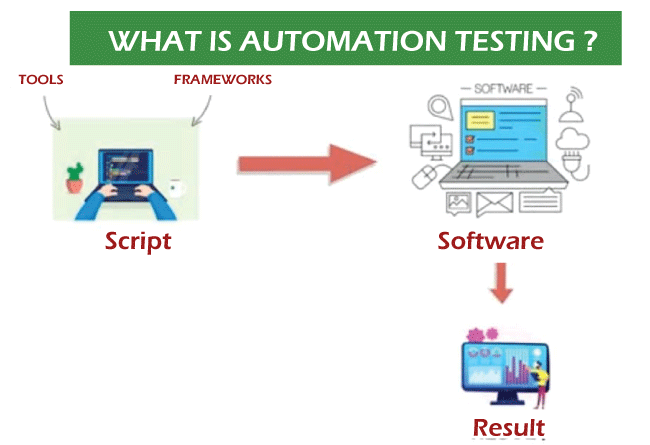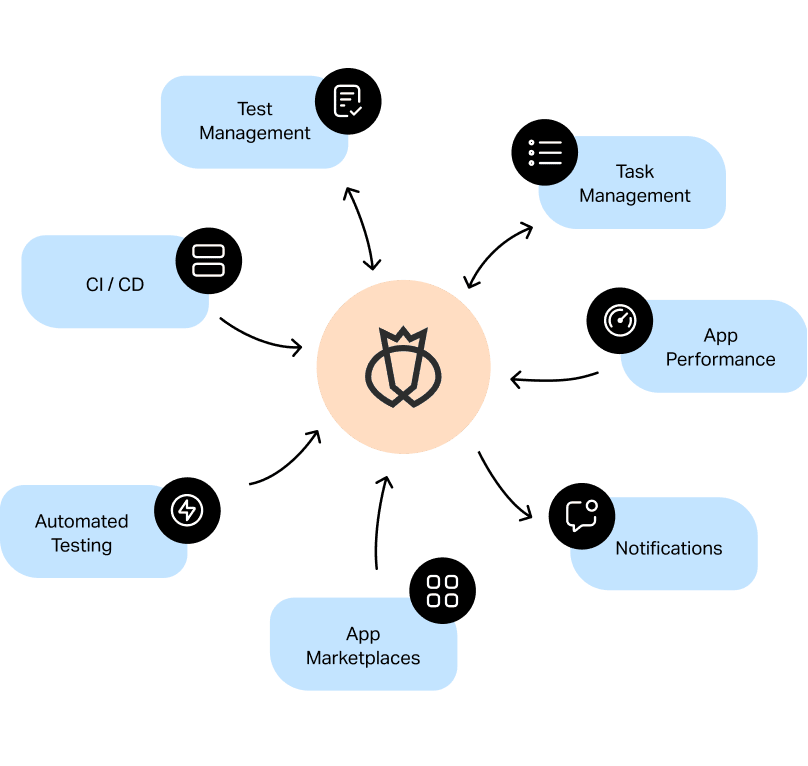The Best Guide to Implementing Automation Testing Effectively
The Best Guide to Implementing Automation Testing Effectively
Blog Article
From Handbook to Automated Testing: A Comprehensive Guide to Transitioning Smoothly and Properly
In the world of software testing, the change from manual to automated processes has come to be a progressively essential shift for organizations seeking to improve performance and accuracy in their screening methods. The trip from handbook to automated testing is not without its obstacles, yet when come close to purposefully and with a clear plan in mind, the benefits can be substantial.
Advantages of Automated Testing
Automated testing provides numerous benefits, improving effectiveness and accuracy in software application growth processes. One key advantage is the considerable decrease in testing time. Automated tests can be run all at once on several devices and running systems, dramatically accelerating the screening phase contrasted to hands-on screening. This increased efficiency permits faster comments on the quality of the software program, making it possible for programmers to identify and attend to concerns promptly.
In addition, automated testing guarantees a greater degree of accuracy in identifying issues. Consistency in screening is also boosted, as automated tests execute the same steps specifically each time they are run.
Picking the Right Devices

To start with, evaluate your demands and purposes. Comprehend the range of your job, the innovations entailed, and the skill collection of your group. This evaluation will certainly help you identify the features and capabilities you require in your screening devices.
Second of all, think about the compatibility of the tools with your existing systems and procedures. Seamless integration with your present software advancement lifecycle is necessary to ensure a smooth change to automation.
In addition, review the scalability and adaptability of the tools. As your testing requires progress, the tools should have the ability to adjust and suit changes successfully.
Finally, aspect in the support and community around the devices. Durable assistance and an energetic user area can give valuable resources and help when applying automated screening. By carefully taking into consideration these facets, you can pick the right tools that line up with your needs and established the stage for an effective shift to automated testing.
Writing Effective Test Manuscripts

When crafting test scripts, it is important to consider the details demands of the software application being tested and make sure that the scripts resolve all critical performances. Detailed and clear naming conventions this post for test manuscripts and test cases can improve readability and maintainability. Additionally, integrating error handling devices within the examination scripts can help in recognizing and dealing with concerns promptly.
In addition, organizing test scripts right into modular parts can boost reusability and scalability, decreasing redundancy and enhancing effectiveness in test manuscript upkeep. Routine testimonials and updates to check manuscripts are important to equal progressing software application requirements and performances. By following these concepts, testers can produce robust and efficient examination manuscripts that contribute considerably to the success of automated testing processes.
Integrating Automation Into Workflows
By effortlessly integrating automated testing devices like Selenium or Appium into the software application growth lifecycle, groups can achieve faster comments on code adjustments, leading to quicker pest discovery and resolution. This assimilation allows for continual screening throughout the growth procedure, guaranteeing that any type of issues are Discover More recognized early on, resulting in greater software application high quality. Appropriate integration of automation tools needs collaboration between development, testing, and operations teams to establish a unified workflow that enhances performance and efficiency in supplying top quality software application items.
Making Certain a Smooth Shift
Effectively transitioning to automated screening includes meticulous planning and careful implementation to optimize and reduce interruptions efficiency in the software application growth procedure - automation testing. To guarantee a smooth change, it is important to start by performing a complete analysis of the present screening processes and determining locations where automation can bring the most substantial benefits. Engaging with all stakeholders early in the procedure, including developers, testers, and job managers, is vital for amassing assistance and buy-in for the automation campaign
Communication is crucial during this transition stage. Clear communication of look what i found the objectives, advantages, and expectations of automated screening helps to take care of any kind of resistance or issues that might arise. In addition, supplying adequate training and sources for team participants to upskill in automation devices and techniques is crucial for guaranteeing a successful shift.

Final Thought
In verdict, transitioning from manual to automated testing supplies countless benefits, consisting of raised performance and integrity. By selecting the appropriate tools, creating effective test manuscripts, and integrating automation effortlessly right into workflows, companies can make certain a effective and smooth transition. It is necessary to embrace automation as a useful possession in software screening processes to improve total quality and performance.
In the realm of software application screening, the change from handbook to automated procedures has actually become a significantly important shift for organizations looking for to improve efficiency and accuracy in their testing techniques. Automated examinations can be run simultaneously on numerous devices and running systems, dramatically speeding up the testing phase contrasted to manual testing. Uniformity in testing is additionally enhanced, as automated tests implement the exact same steps specifically each time they are run.To guarantee the successful execution of chosen testing devices, the creation of reliable test manuscripts plays an important role in confirming the functionality and efficiency of automated processes - automation testing. By adhering to these principles, testers can develop durable and effective examination scripts that add substantially to the success of automated testing processes
Report this page